The application of Microptic SCA software in the assessment of non-human primate spermatology in a biomedical research facility
The Primate Unit and Delft Animal Centre (PUDAC) of the South African Medical Research Council (SAMRC) is the only facility with established breeding colonies which systematically produce non-human primates for biomedical research. Two popular species are maintained: the Asian Rhesus monkey (Macaca mulatta) and the African Vervet monkey (Chlorocebus aethiops). The Vervet colony has been in existence for over 30 years and the Rhesus colony was established 10 years ago. The maintenance and use of the Chacma baboon (Papio ursinus) have been discontinued, but various clinical and spermatology reference data was recorded by this unit on wild-caught individuals. Captive breeding is critical since non-human primate individuals are defined with a known clinical and reproductive history.
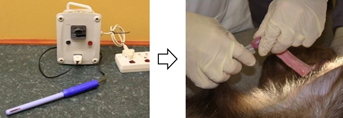
Figure 1: Baboon semen collection via electro-ejaculation
Two breeding systems (breeding pairs and harem) are used in two different housing conditions. The Vervet colony are housed indoors and the Rhesus colony in outdoor free-ranging corals. Vervets breed throughout the year but the Rhesus is a seasonal breeder. Semen analysis is a routine part of evaluating the reproductive status of adult males. Evaluations are usually based on one or two semen samples collected by electro-ejaculation (Fig. 1) from young males reaching sexual maturity, new arrivals or individual males available from other studies. Normal/baseline values, seasonal changes and the variability of samples within and between individuals are documented. These parameters can be useful reference data in the management of existing breeding programs. It is also important to document the reducibility of these variables (semen volume, pH, sperm concentration, sperm motility) in certain individuals reserved for future/planned reproductive studies (Fig. 2).
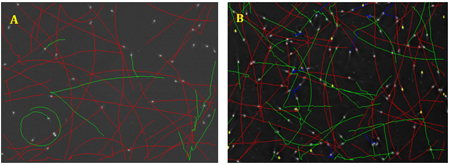
Figure 2: A) Vervet monkey. B) Rhesus monkey sperm motility tracks.
Red tracks = rapid progressive sperm as performed with SCA.
Green tracks = medium progressive tracks as performed with SCA.
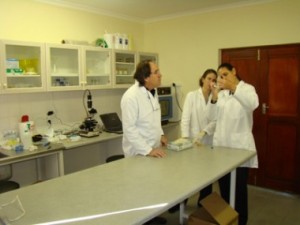
Figure 3: SCA CASA lab at Delft, South African Medical Research Facility
The non-human primates of PUDAC have been used extensively in a wide variety of fields of biomedical research and the core facility is primarily open to internal researchers but also provides services to external users and training facilities. The unit has a well-established sperm analysis laboratory (Fig. 3), equipped with the latest SCA CASA equipment (Microptic SL, version 6.1) and partnered with the University of the Western Cape (UWC) for postgraduate student training in non-human primate reproductive studies. Through this collaboration, Delft/UWC has developed the required protocols for standardization of non-human primate semen/sperm analysis. The application of Microptic SL SCA contributed in the assessment of various sperm functional studies conducted in our facility in the last 5 years. Investigations into morphometric features, sperm function, sperm motility and the role of gonadotropin-releasing hormones (GnRH) and its’ receptors are only a few investigations that resulted in the completion of 1 Honours, two MSc, and 2 Ph.D. dissertations. The findings of these studies, such as morphometric features and GnRH sperm receptors, are novel and serve as confirming reference data for future investigations in non-human primate spermatology/male reproductive studies.
The future objective for the unit is to become the benchmark laboratory in Southern Africa for standardized procedures in non-human primate spermatology and also serve to train staff throughout the country for this purpose.
Charon de Villiers (PhD)
Manager
PUDAC – Delft Animal Centre



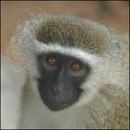
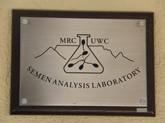
Leave A Comment